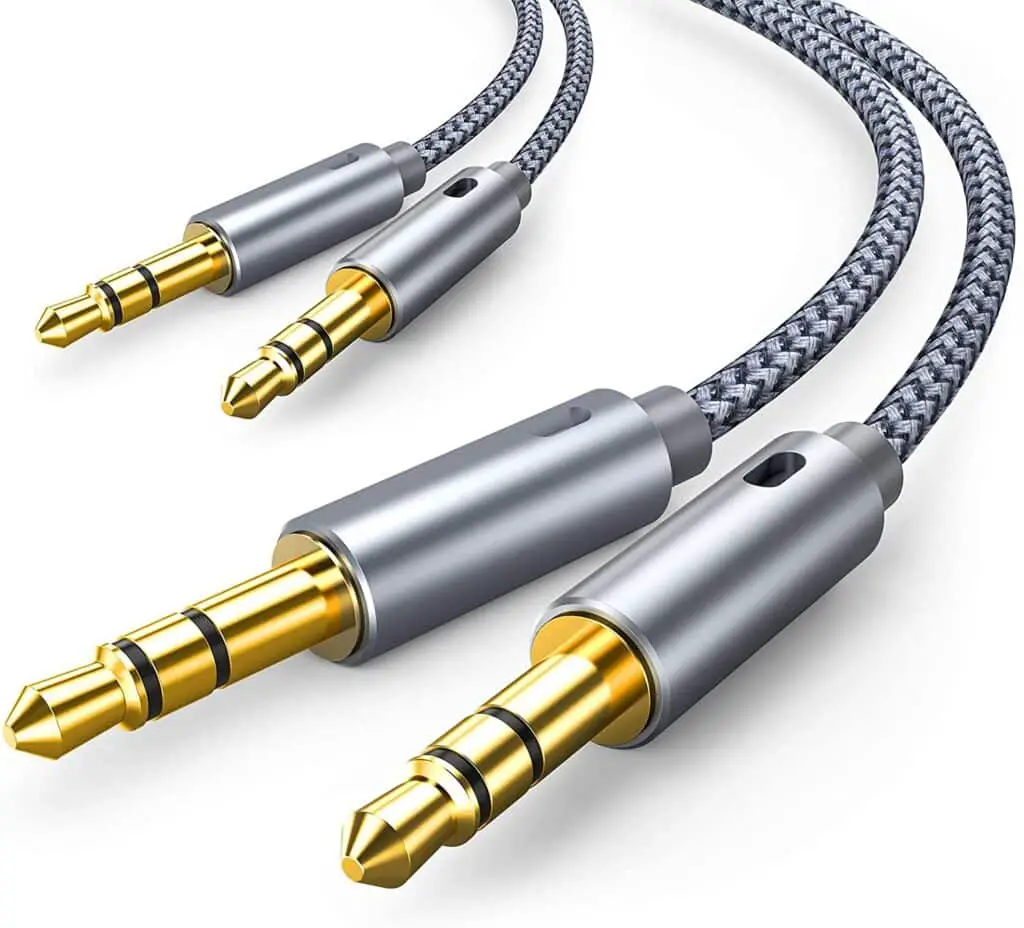Are you confused about the difference between USB and AUX connections? Look no further! This guide breaks down the key differences and helps you understand which connection is best for your audio needs.
Whether you’re looking for the best sound quality or the most convenient option, this guide has got you covered. Don’t miss out on getting the most out of your audio devices.
When it comes to connecting our devices to audio systems, we often find ourselves faced with a choice: USB or AUX.
Both types of connections serve a similar purpose, but there are some key differences between them that are important to understand.
What’s the Difference Between USB and Aux
First and foremost, let’s define what each type of connection is. USB, or Universal Serial Bus, is a standard for connecting devices to computers and other electronic devices. It is the go-to connection for transferring data, such as files and images, between devices.

On the other hand, AUX, or auxiliary, is a type of audio connection that is typically used to connect devices such as MP3 players and smartphones to car stereos, speakers, and headphones.

AUX connections are typically made using a 3.5mm audio jack, which is the same size as the headphone jack on most devices.
Now, let’s talk about the elephant in the room: the difference in sound quality. You may have heard the myth that USB connections provide better sound quality, but in reality, it’s not that simple.
While USB connections can transfer high-quality audio files, the actual sound quality will depend on the device you’re using.
In other words, if you’re using a low-quality device, the sound quality will be low regardless of whether you’re using USB or AUX.
Another difference between USB and AUX is the convenience factor. USB connections typically require a specific cable, such as a USB-A to USB-C cable, to connect the devices.
This means that you’ll have to carry around an extra cable if you want to use a USB connection.
AUX connections, on the other hand, use a standard 3.5mm audio jack, which is widely available and can be used with most devices.
This means that you can simply use the headphone jack on your device, without the need for an extra cable.
At the end of the day, the choice between USB and AUX comes down to personal preference. If you’re someone who values sound quality above all else, USB may be the way to go.
But if you’re someone who values convenience and ease of use, AUX may be the better choice.
In conclusion, understanding the differences between USB and AUX is crucial when it comes to connecting your devices to different audio systems.
Both types of connections serve a similar purpose but have their own unique features and advantages. The choice is yours, and the best one is the one that fits your needs and preferences.




